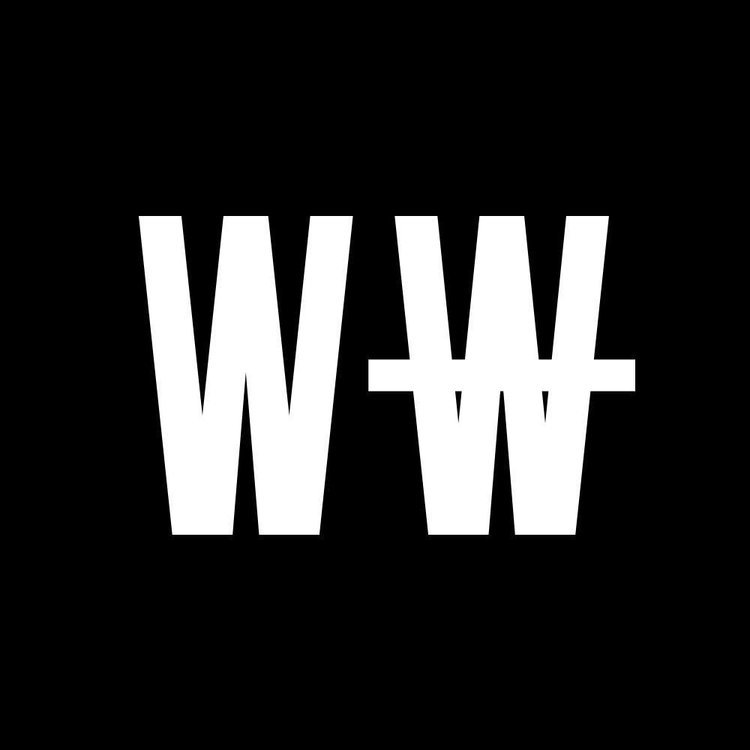30 WEEKS: HOW DESIGNERS CAN BECOME FOUNDERS
What do The Light Phone, MOTI and Slang have in common? They all came to life at 30 Weeks, a founders program for designers, half school, half incubator. The program is focused solely on creatives, from graphic, web, and product designers to UX/UI designers, to architects. 30 Weeks is unique in that it offers the hands-on experience, mentorship, feedback, tools, workspace, and connection to the communities designers need to create products and start companies that may just change the world. The program was created by Google in partnership with SVA, Parsons, Pratt, The Cooper Union, and Hyper Island.
One of 30 Weeks' success stories is none other than WNW Member #3358 Joe Hollier, creator of the Light Phone, which we featured on Free Range in May. Joe's take on 30 Weeks? “It gave me confidence. I knew that if I could do this, I could do anything.”
We spoke to 30 Weeks advisor and recruiter Kiely Sweatt, who reflected on the past year, how the program is evolving, and adds that the program is not for the faint of heart: "It’s not enough that amazing people come through our doors; being an entrepreneur means long days, long nights – it’s more than a full-time job."
The deadline to apply is 12/12.
What are the biggest business pitfalls or challenges your designers have faced when transitioning from creative to full-time entrepreneur?
Our designers learn very early that they must wear many different hats and become knowledgeable about a number of disciplines. From design and market research to building product and a team, to developing financial plans and marketing strategies, the real challenge is keeping everything forward all at once. Startup founders are the CEO, CFO, COO, CMO, the list goes on and on.
Why is it important to have designers as founders?
Part of a designer’s training is to be more empathetic: how does a consumer relate to a product; an end-user with technology. Designers are taught to find solutions to complex problems with specific users and their needs in mind.
What are some success stories of the past year?
The Light Phone, MOTI and Slang. Another success story is 30 Weeks itself - the first year was an experiment that turned out to be a successful one, enabling a second year to happen.
Moti
Slang
What have you learned in running this program?
The program is only as good as the designers who are in it. A great idea is important, as is the quality of our curriculum, the support from our instructors, speakers, and mentors, but nothing replaces a designer ready to work hard. It’s not enough that amazing people come through our doors; being an entrepreneur means long days, long nights – it’s more than a full-time job.







